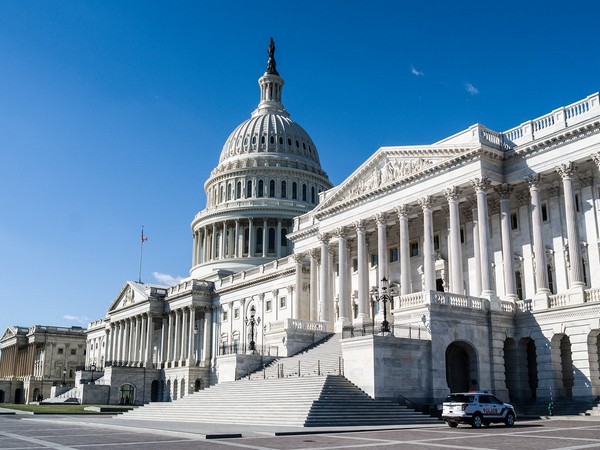POLL-Democratic challenger narrowly leads in North Carolina Senate race -Reuters/Ipsos poll
To have a majority in the Senate, Democrats need to pick up three seats if the party wins the White House, which gives the vice president a tie-breaking vote, and four if not. Here are the latest results on three Senate races on which Reuters/Ipsos is polling: NORTH CAROLINA (Oct. 7-13 poll) * Voting for Cunningham: 46% * Voting for Tillis: 42% * Cunningham led Tillis 47%-42% in the prior week.

- Country:
- United States
Democratic U.S. Senate challenger Cal Cunningham appears to lead Republican Senator Thom Tillis in North Carolina, while Democratic Senator Gary Peters of Michigan is ahead of his Republican challenger, businessman John James, a Reuters/Ipsos poll showed on Tuesday. There are about 10 competitive U.S. Senate races this year, eight with vulnerable Republican incumbents and two with vulnerable Democrats. To have a majority in the Senate, Democrats need to pick up three seats if the party wins the White House, which gives the vice president a tie-breaking vote, and four if not.
Here are the latest results on three Senate races on which Reuters/Ipsos is polling: NORTH CAROLINA (Oct. 7-13 poll)
* Voting for Cunningham: 46% * Voting for Tillis: 42%
* Cunningham led Tillis 47%-42% in the prior week. * 12% said they had already voted.
MICHIGAN (Oct. 7-13 poll) * Voting for Peters: 52%
* Voting for James: 44% * Peters led James 50%-43% in the prior week.
* 22% said they had already voted. ARIZONA (Sept. 29 - Oct. 7 poll)
* Voting for Democratic challenger and former astronaut Mark Kelly: 51% * Voting for incumbent Republican Senator Martha McSally: 41%
* Kelly was up 50%-41% in a mid-September poll. * 3% say they had already voted.
NOTES: The Reuters/Ipsos poll was conducted online and in English. North Carolina's surveyed 660 likely voters and had a credibility interval of 4 percentage points. The Michigan poll surveyed 620 likely voters and had a credibility interval of 5 percentage points. The earlier Arizona survey included 663 likely voters and had a credibility interval of 4 percentage points.
(This story has not been edited by Devdiscourse staff and is auto-generated from a syndicated feed.)
- READ MORE ON:
- Mark Kelly
- Republican
- Thom Tillis
- Martha McSally
- Democratic
- English
- Gary Peters
- Democrats
ALSO READ
BJP's '400 paar' claim creating doubts among people about democratic process, EVMs: Kanhaiya
Joe Biden wins the Democratic presidential caucuses in Wyoming, reports AP.
India failing to harness potential of democratic dividend: Raghuram Rajan
Arizona Republicans blocking Democratic attempt to repeal 1864 abortion ban
Laws are passed in new India bypassing democratic process and enforced upon people: Priyanka Gandhi.










